Traveling can be an exciting adventure, but it’s essential to be prepared for any health-related surprises that may arise. Here are 17 often-overlooked health items that should be part of everyone’s travel kit, ensuring you stay safe, comfortable, and healthy during your journey.
1. Copies of prescriptions + extra days of meds (in your carry-on)
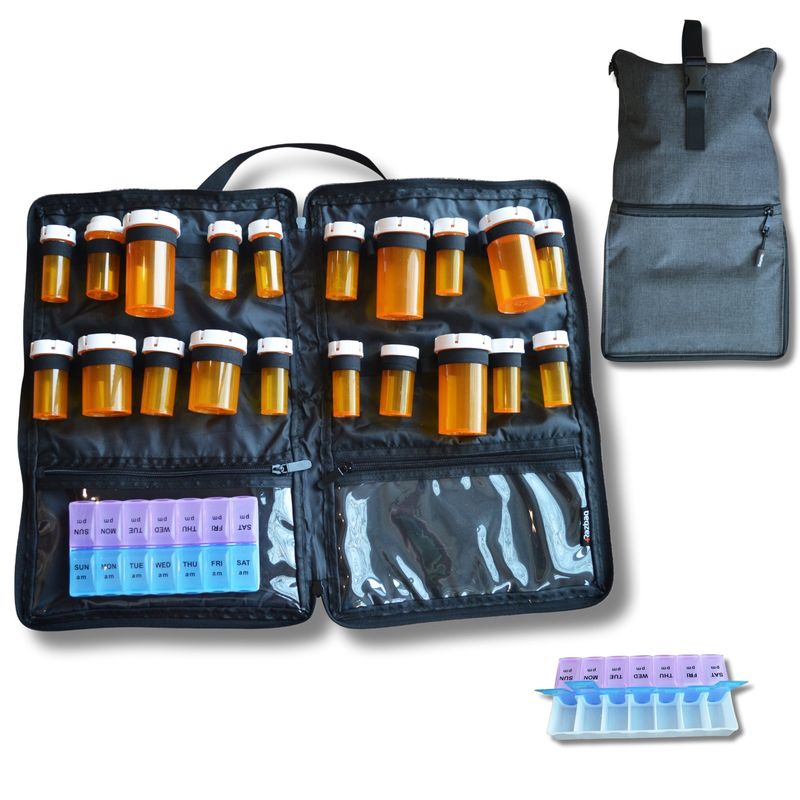
Always carry prescription meds in your carry-on, in their original containers. It’s wise to pack extra doses in case of travel delays. Photocopy your prescriptions, including their generic names, as some countries may restrict certain drugs. Before departing, verify specific medication regulations of your destination. A little preparation can prevent a major inconvenience mid-trip. Keeping prescriptions handy also aids in refilling if needed while abroad. Having extra meds in your carry-on ensures peace of mind and continuity of your healthcare regimen.
2. A compact personal travel first-aid kit
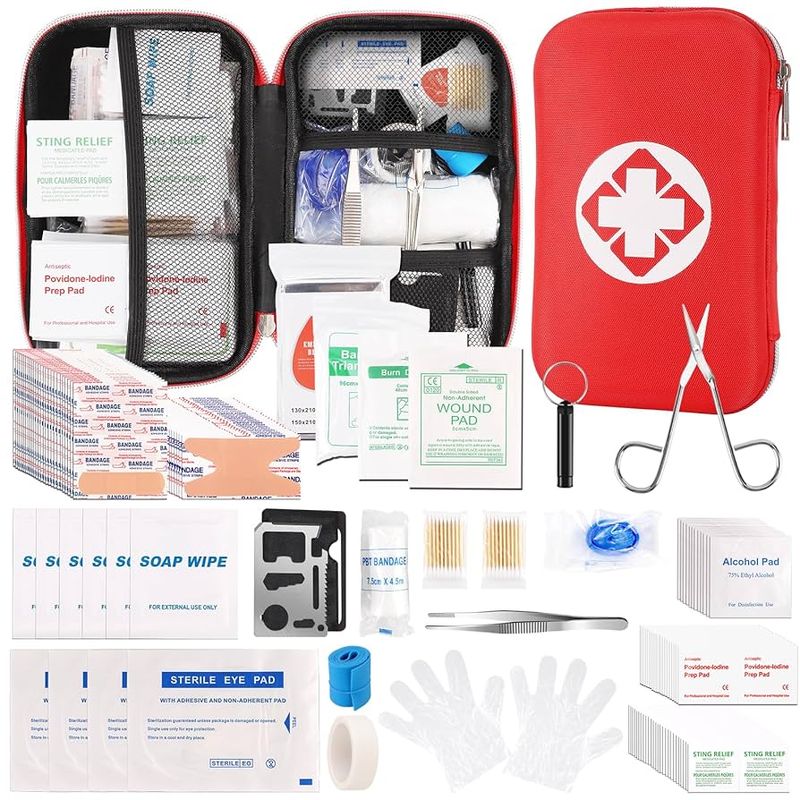
Packing a personal travel first-aid kit can be a lifesaver, easily tucked into your suitcase. Fill it with assorted bandages, antiseptic wipes, and antibiotic ointment for minor injuries. Include hydrocortisone cream and antihistamine tablets for allergic reactions. Small scissors, permitted by TSA, are handy for various needs. Tweezers are useful for splinter or tick removal, while elastic wrap aids in sprains. Compact and convenient, this kit provides immediate relief for unexpected mishaps. Tailoring your kit to suit your activities ensures you’re prepared for anything, enhancing your travel experience.
3. Oral rehydration salts (ORS) or electrolyte packets
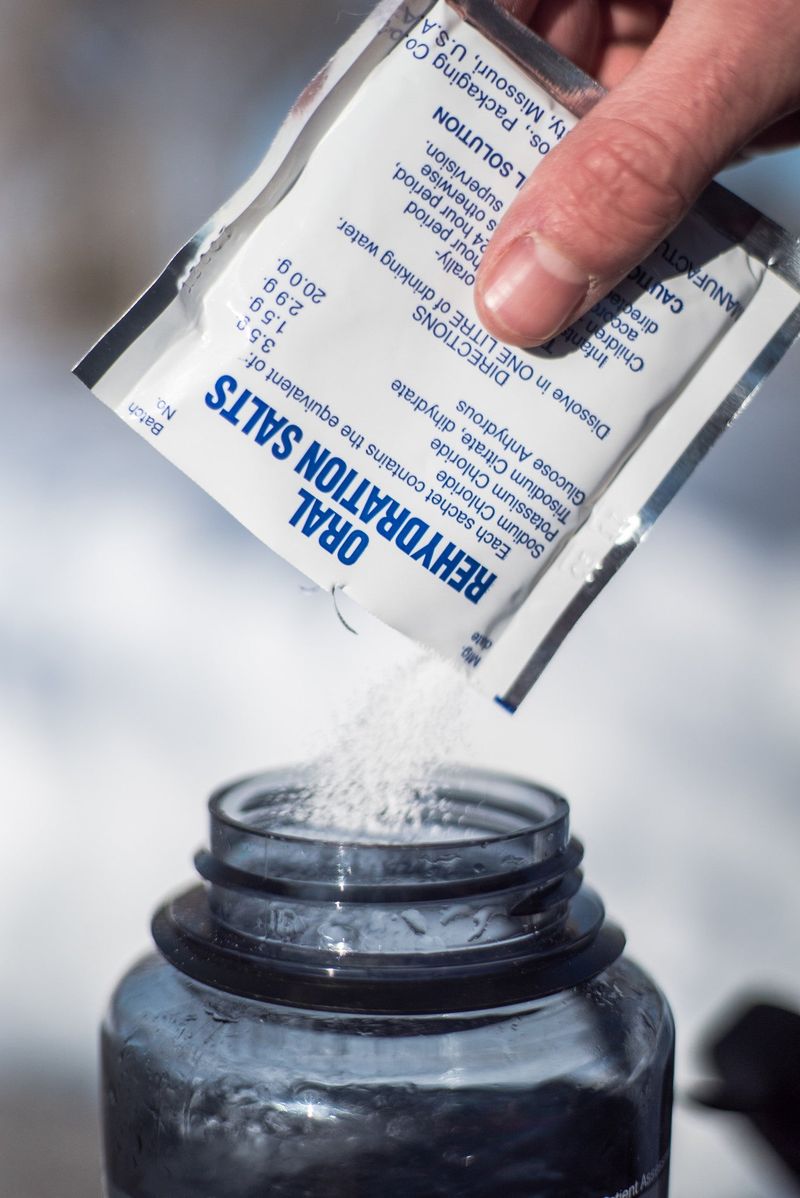
Staying hydrated is crucial, especially when faced with diarrhea, vomiting, or heat during travel. Oral rehydration salts (ORS) come to the rescue, replenishing lost electrolytes efficiently. These packets are lightweight, making them easy to pack in your luggage. Recommended by the CDC, ORS can be a trip saver during long flights or illness. Buying them before travel ensures you’re prepared, even in remote locations. Avoiding dehydration keeps you energized and ready to explore. Mixing ORS with water is simple, providing a quick hydration solution when you need it most.
4. CDC Travelers’ Health

Before embarking on your journey, consulting the CDC Travelers’ Health website can be instrumental. It offers travelers up-to-date health information tailored to specific destinations. From vaccination requirements to outbreak alerts, the CDC site is a treasure trove of critical health updates. By staying informed, you can take preventative measures to safeguard your health. The site also provides tips for packing a comprehensive travel health kit. Keeping abreast of health advisories ensures you’re not caught off guard by unexpected health risks at your destination.
5. Anti-diarrheal (loperamide)

Traveling can sometimes upset your stomach, making anti-diarrheal medications like loperamide a must-have. Ideal for non-bloody diarrhea, these tablets offer quick relief, preventing travel disruptions. Having them on hand means not hunting for a pharmacy in unfamiliar territory. They are compact, fitting easily into your travel kit. Safe and effective, loperamide works by slowing gut movement, giving your body time to recover. It’s advisable to consult your doctor before using it, especially if you have underlying health conditions. Packing anti-diarrheal ensures uninterrupted exploration of your destination.
6. Motion-sickness relief you know works for you
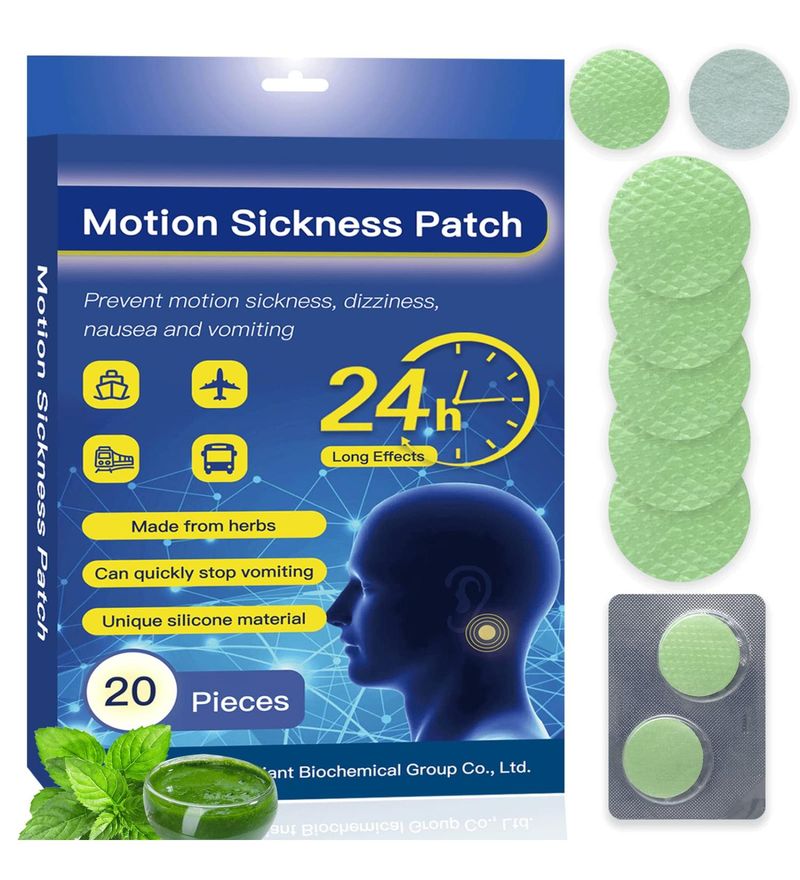
For those prone to motion sickness, packing relief that works specifically for you is vital. Options range from over-the-counter dimenhydrinate to prescription scopolamine patches. Consult your clinician to determine the best choice. Apply patches hours before travel for maximum efficacy. Wristbands provide a drug-free alternative, using acupressure to reduce nausea. These solutions are compact, easily fitting into your carry-on. Having reliable relief on hand ensures your journey remains enjoyable. Don’t let motion sickness dampen your travel spirit; being prepared lets you fully immerse in new experiences.
7. EPA-registered insect repellent
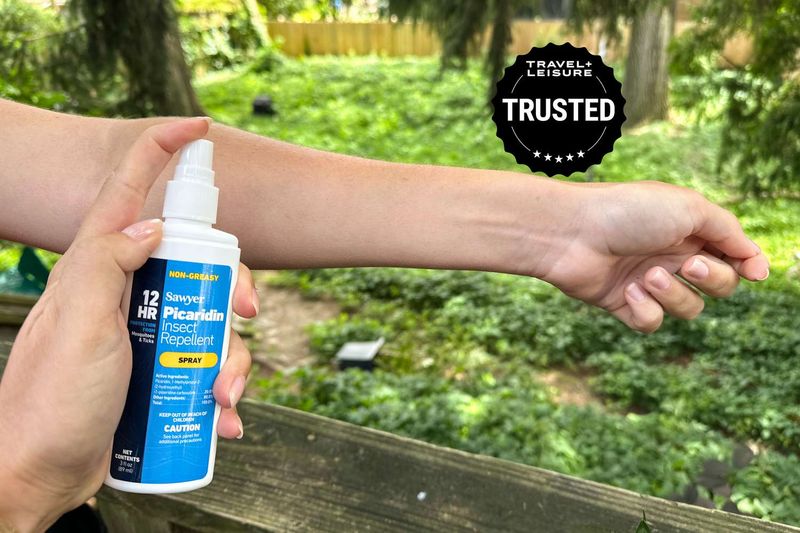
Venturing into mosquito-prone areas calls for EPA-registered insect repellent. Formulations containing DEET, picaridin, or oil of lemon eucalyptus offer robust protection. Apply sunscreen first, followed by repellent for optimal effectiveness. This barrier against insects reduces the risk of bites and diseases. Compact bottles fit seamlessly into your travel bag, ensuring accessibility. Choose a formulation that suits your skin and activity level. Staying bite-free enhances your travel comfort, letting you focus on exploring. Proper application and selection of repellent provide peace of mind during your adventure.
8. Permethrin-treated clothing or spray (for clothes/gear—not skin)
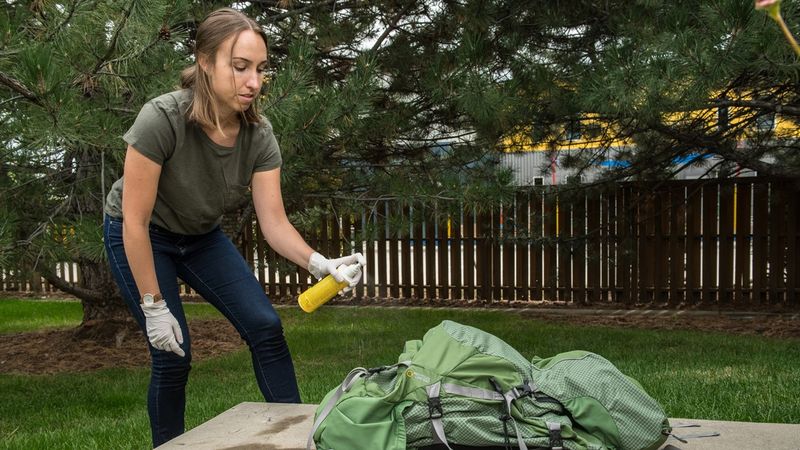
When traveling to areas with high mosquito or tick populations, permethrin-treated clothing offers an extra layer of defense. This treatment is for clothes and gear, not for direct skin application. Spray it on your clothing and camping gear before departure, ensuring thorough drying. Permethrin remains effective even after several washes, making it ideal for extended trips. Wearing treated clothing significantly lowers the chances of bites. It’s an excellent complement to topical repellents, enhancing overall protection. Investing in permethrin treatment ensures worry-free outdoor activities and exploration.
9. Broad-spectrum SPF 30+ sunscreen (carry-on size)
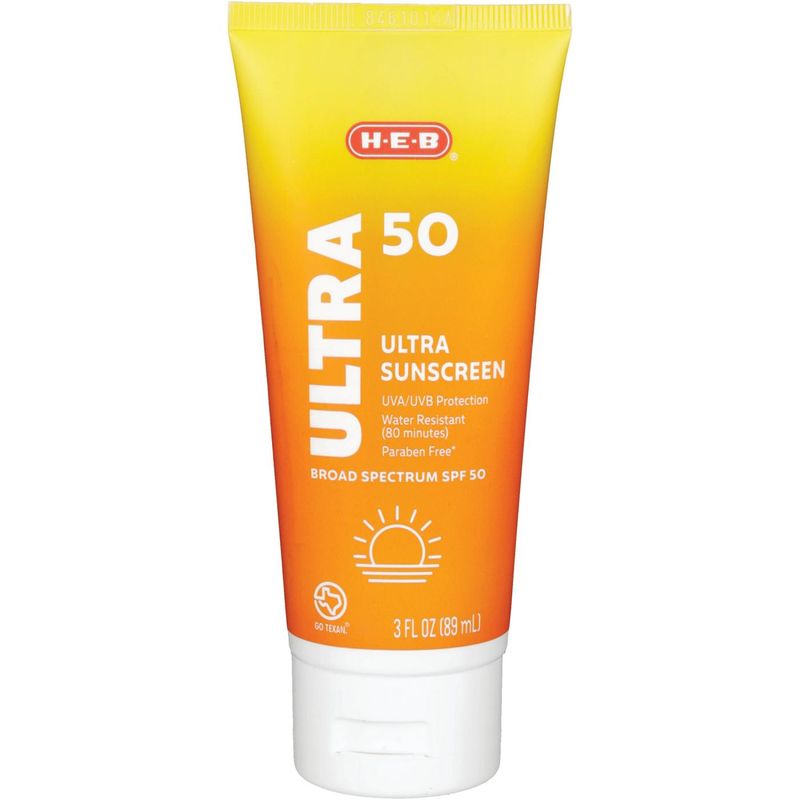
Sunscreen is a travel essential, protecting your skin from harmful UV rays. Dermatologists recommend SPF 30+ for optimal coverage. Remember to reapply every two hours, especially after swimming or sweating. Traveling with carry-on? Comply with TSA’s 3-1-1 liquids rule: max 3.4 oz per container. Selecting a broad-spectrum formula guards against UVA and UVB rays. Whether you’re sunbathing or sightseeing, sunscreen prevents sunburn and skin damage. Packing this small but mighty protector ensures you’re ready to embrace sunny adventures without worry. Prioritize sun safety for a healthier trip.
10. A couple of well-fitting masks
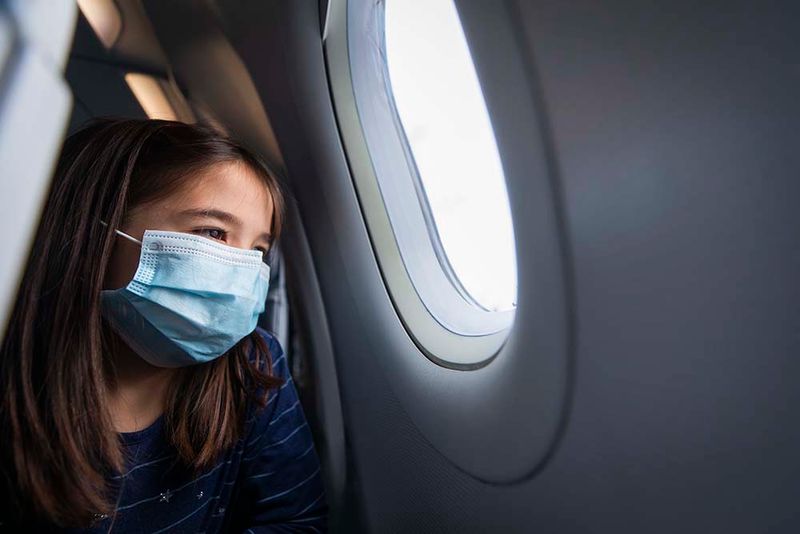
In today’s travel landscape, carrying masks remains prudent. Although not mandatory everywhere, they provide an extra layer of protection in crowded spaces like airports and planes. Masks are especially beneficial during higher illness periods or if you or companions are at risk. Choose masks that fit well for maximum efficacy, enhancing both comfort and safety. They are lightweight and easily packed, ensuring you have them when needed. Keeping masks on hand demonstrates consideration for both personal and public health, allowing for worry-free travels.
11. Digital thermometer
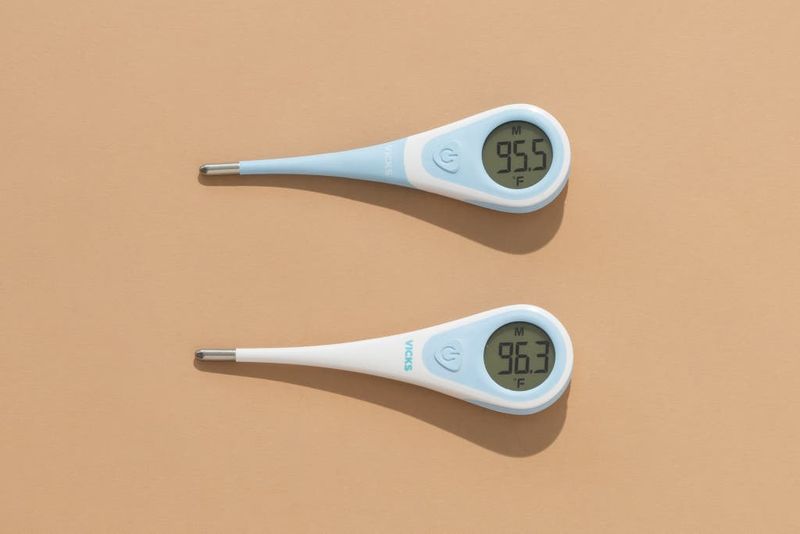
A digital thermometer is a small investment with significant returns on peace of mind. Accurate and portable, it’s an essential part of any travel health kit. Use it to monitor your temperature if feeling unwell, catching potential fevers early. Carry disposable sheaths for hygiene; they take minimal space in your luggage. The CDC recommends including a thermometer in travel preparations. Quick and reliable readings can guide your next health steps, ensuring timely care. Packing one ensures that you’re equipped to manage minor health concerns without stress.
12. Water disinfection backup

Access to safe drinking water isn’t guaranteed everywhere, making purification tablets or filters a travel necessity. Options include chlorine, iodine, or chlorine dioxide treatments. They are effective and simple to use, ensuring clean water for drinking or brushing teeth. Lightweight and compact, they fit easily into your bag. Having a backup ensures that you stay hydrated safely, avoiding waterborne illnesses. This preparedness is invaluable in remote locations or during emergencies. Peace of mind comes from knowing you’re protected against unsafe water, letting you focus on the journey.
13. Condoms (and other barrier methods)
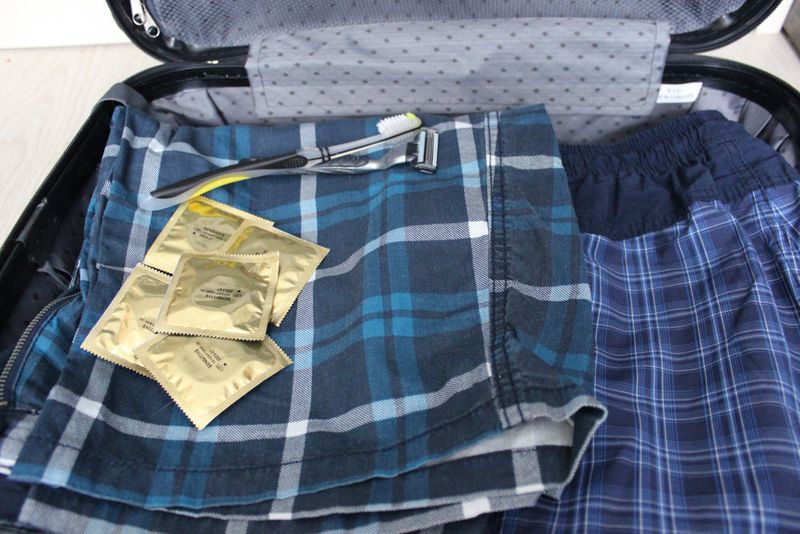
Traveling doesn’t mean compromising on safety. Packing condoms ensures protection against STIs and unplanned pregnancy. Availability abroad can be uncertain, making it wise to bring your own. The CDC’s Yellow Book recommends their inclusion in travel health kits. Condoms are discreet and easy to pack, fitting into any suitcase. They provide peace of mind and promote responsible travel behavior. Prioritize personal health by including barrier methods in your preparations. Safe practices allow for carefree exploration and enjoyment, knowing you’re protected wherever you roam.
14. Spare glasses + contact-lens hygiene kit
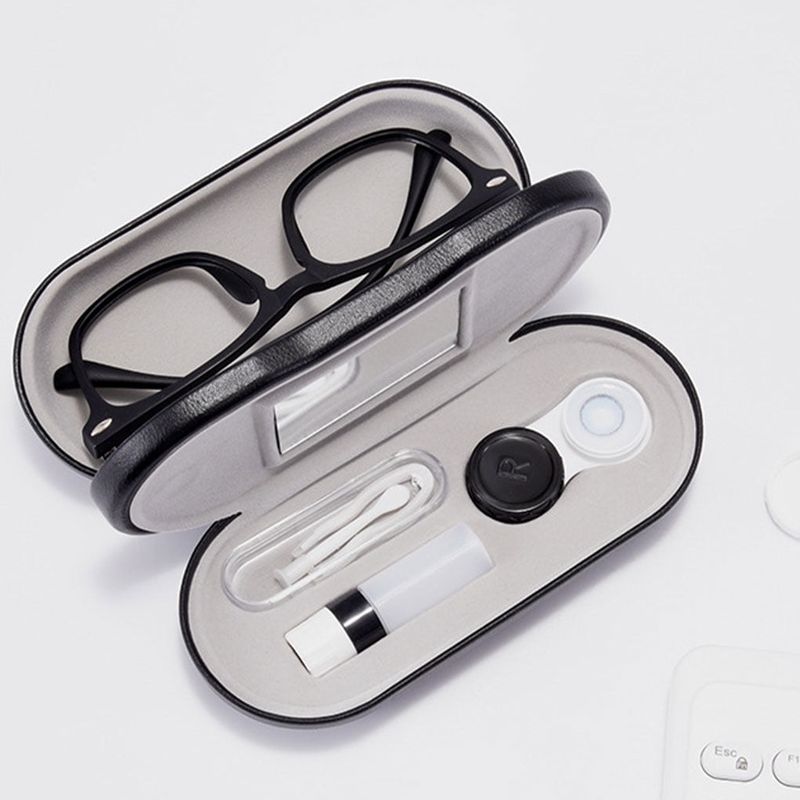
Vision clarity is vital for enjoying new sights, so pack spare glasses and a contact-lens hygiene kit. Never use water with contacts; stick to sterile solutions, avoiding infections. Keep hygiene kits stocked with essentials: lens solution, case, and cleaning cloth. A spare pair of glasses offers a backup if lenses become uncomfortable. Both tools ensure your sight remains clear during travel adventures. The FDA and CDC emphasize proper lens care to prevent eye issues. Preparing well lets you focus on the beauty around you without visual disruptions.
15. Fine-tipped tweezers (also handy for ticks)
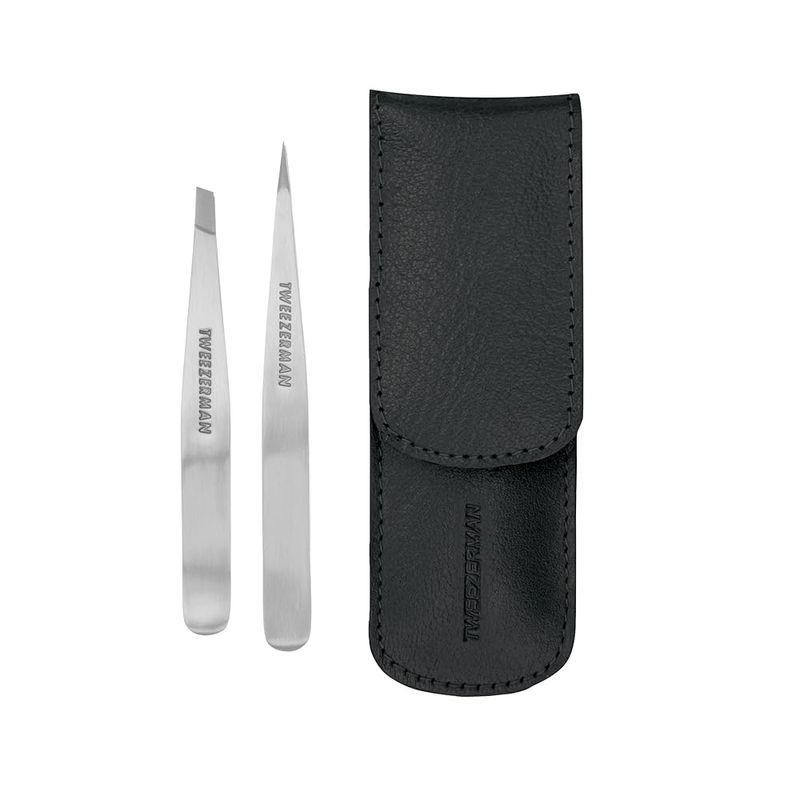
Fine-tipped tweezers are a simple but essential tool for any traveler, especially the outdoorsy type. Perfect for removing splinters or ticks, they ensure small annoyances don’t become big problems. The CDC provides guidance on proper tick removal, crucial in preventing Lyme disease. Tweezers are compact and lightweight, fitting into any travel kit. Their precision makes them invaluable in handling delicate tasks. Whether you’re hiking or simply exploring, having tweezers on hand brings peace of mind. They’re a small addition with a big impact on travel health.
16. International Certificate of Vaccination (“Yellow Card”) + insurance info

Your International Certificate of Vaccination, or ‘Yellow Card,’ is an essential travel document for some destinations. Proof of vaccinations, especially for yellow fever, may be required. Keep it with your travel insurance details, medical summary, and emergency contacts. Having both digital and hard copies ensures availability. Health preparedness is vital for smooth border crossings and unexpected health needs. This document set is crucial to handling international health requirements seamlessly. Carrying them is a proactive step in ensuring hassle-free travels, letting you focus on the journey ahead.
17. Epinephrine auto-injector (if prescribed for severe allergies)
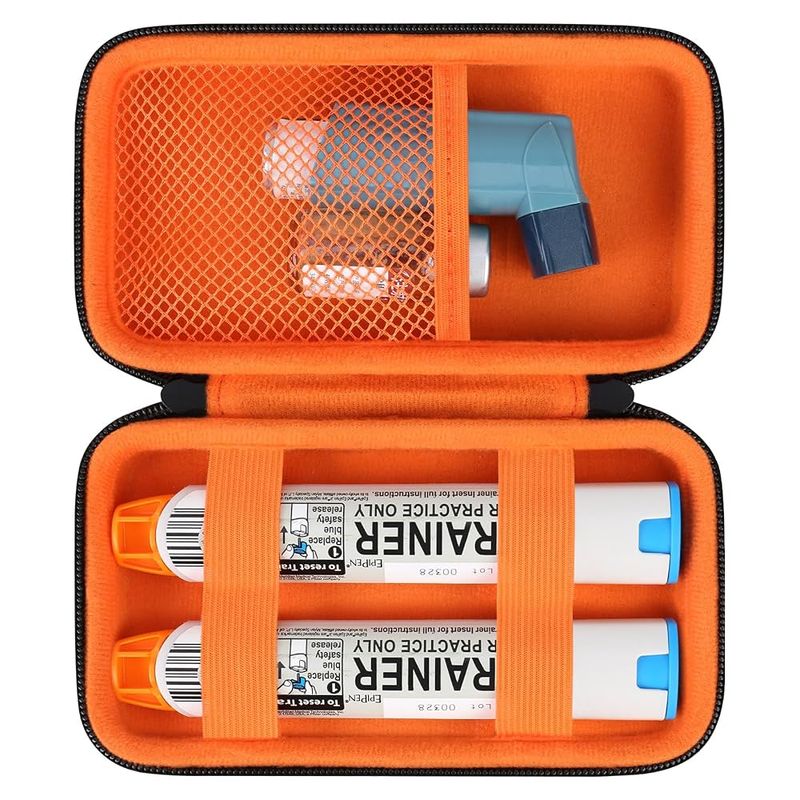
For travelers with severe allergies, an epinephrine auto-injector is a critical item. Always pack at least one, ideally two, in your carry-on for accessibility. Both the CDC and TSA provide guidelines on carrying auto-injectors. They are lifesaving in the event of an unexpected allergic reaction. Keeping them within reach ensures rapid response times. Alert cards complement this, informing others of your condition. Being prepared allows you to explore confidently, knowing you’re safeguarded against severe reactions. Managing allergies effectively means enjoying travels with less worry.
18. Hand sanitizer (≥60% alcohol) & disinfecting wipes
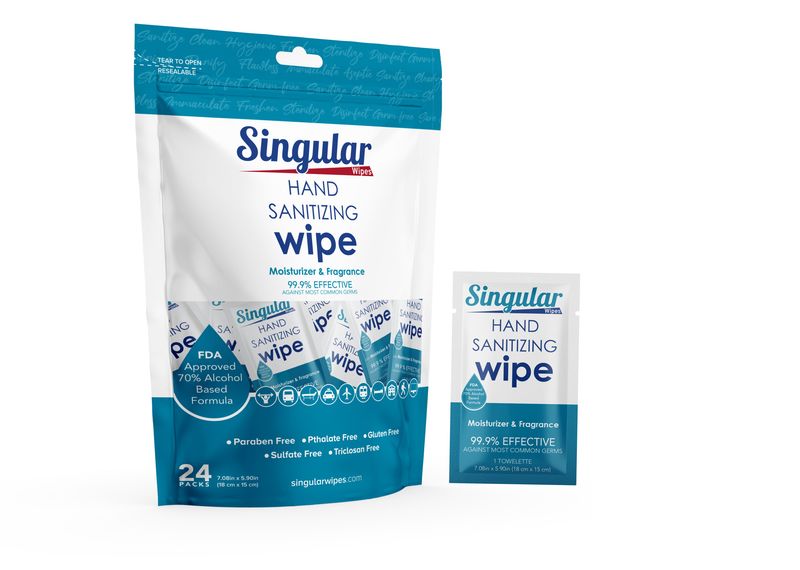
Hand hygiene is paramount, especially when soap and water aren’t available. Carry hand sanitizer with at least 60% alcohol for effective germ elimination. Disinfecting wipes help clean surfaces, reducing the risk of contamination. In carry-ons, adhere to the 3-1-1 rule: each container ≤3.4 oz. Handy and compact, they ensure cleanliness throughout your journey. Sanitizing is a simple yet powerful defense against illness, keeping your hands and surroundings germ-free. This practice enhances travel safety, maintaining health standards wherever you go. Pack these essentials for a worry-free adventure.



